First Look: Canon 5D Mark II
by Wesley Fink on December 4, 2008 3:00 AM EST- Posted in
- Digital Camera
Canon 5D Mark II vs. Canon 5D
The Canon 5D is something of an imaging legend, so any examination of the 5D Mark II update has to begin with a comparison to the current 5D. Our comparisons are based on a similar technique used in our review of the Sony A900. Namely, we did same size 150x250 actual pixel crops as one means to compare to the 5D. However, the area covered with the 5D2 21.1MP sensor is about 65% greater than the 12.8MP sensor in the 5D.
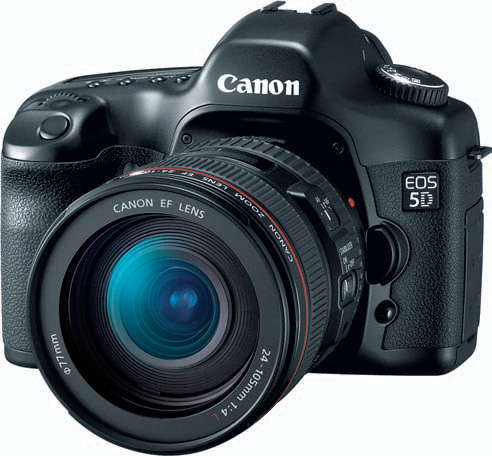
Any who have printed large images from a digital file will immediately understand that a larger noisy image when printed smaller often looks like it has much lower noise. This is why we often say the noise level would be good enough for small prints but not for big enlargements. The noise becomes more apparent as the image size is increased. To better compare noise in the same image area, we ran a second set of crops that attempt to cover the same image area. With the metrics of the 5D and 5D Mark II that means a crop of 190x317 pixels for the "same image" comparison, which is then downsized to 150x250
That is the reason for the two crops for the Canon 5D Mark II. The regular view is a pixel-level 150x250 crop, while the 0.6x view is about 65% more pixels adjusted for the same image area as the 12.8MP crop form the 5D. We will leave it to you to decide which is the more relevant of the two crops for the 5D/5D2 comparison, and of course you can also view the original images by clicking on any crop.
All images are captured using a 2-second shutter delay on a tripod in the same location. The manufacturer's 50mm f/1.4 prime lens is used in all cases at an aperture priority setting of f/4.0, some three stops down from their rated speed. All images are processed with the in-camera JPEG processing with high ISO noise reduction set to the low setting. Light is provided by a 100W tungsten bulb, and white balance on all cameras is manually set to tungsten.
The base range of the original 5D is 100 to 1600 ISO with expansion to 3200. Canon appears to have succeeded very well in matching and surpassing the low noise and superb resolution of the original 5D. In fact the 5D2, with a base range of 100 to 3200, is every bit as good in that range as the 5D in its 100-1600 range. Most will have no real problem shooting in the 50-3200 ISO range without much regard to noise. That range is a justified option in the Auto setting on the 5D2.
The 6400 and 12800 ISO options are certainly usable in most circumstances, but the noise increases as you go up from ISO 3200. By 25600 the Canon 5D2 is still producing amazingly sharp images, but noise has reached a point where output should be limited to smaller prints. Further noise reduction processing could improve the image but there is usually a trade in image softness for the reduced noise.
Finally, this is a first look so tests are limited to in-camera JPEG images. We plan to do further comparisons shooting RAW with post-processing as we look more closely at the 5D Mark II.
We will leave to you whether the actual pixels or actual image areas are the better comparison for resolution and noise, but certainly the results are a bit different. Regardless of how you look at it, though, the comparisons to the 5D are truly exciting. Canon seems to have achieved their goal in improved image quality and extended ISO range in comparison to the original 5D. We next compared the 5D2 to the other two full-frame DSLRs in its class.


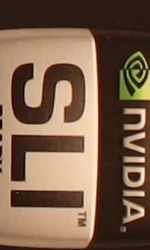
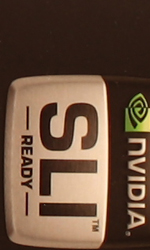
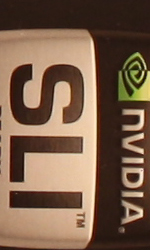
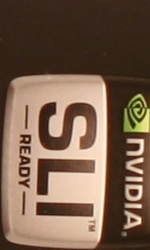
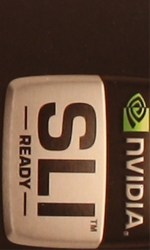
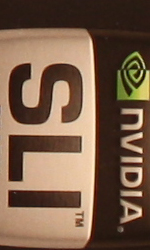
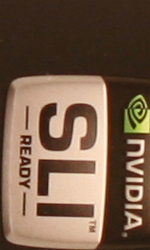
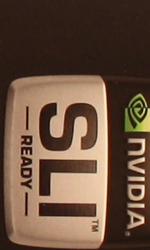
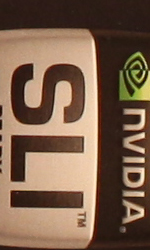
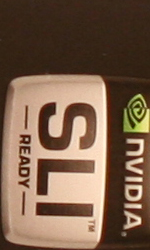
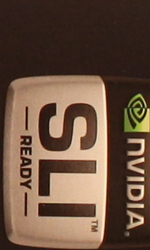

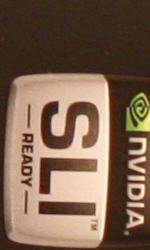
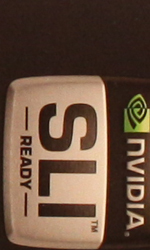
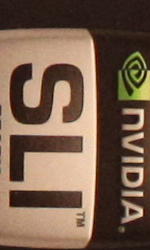
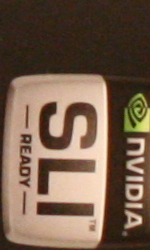
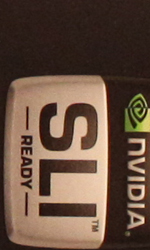
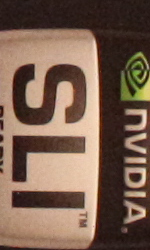
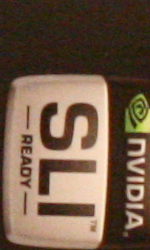
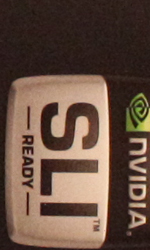
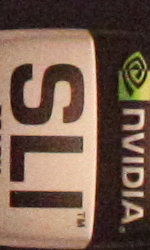
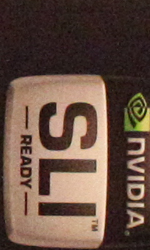

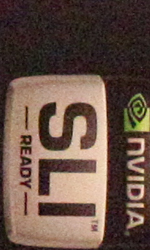
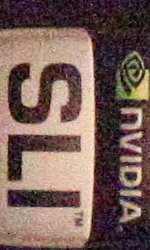
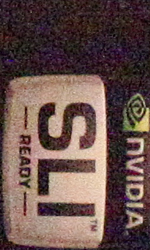








39 Comments
View All Comments
n4bby - Friday, December 5, 2008 - link
> I used to trust DPR but they are biased against Canon which I don't like.huh? i don't think so at all... i think they are pretty fair. they have always rated Canon products favorably when deserved, but remain critical enough to give relatively impartial opinions. if they say Nikon does some things better, it's because they do - Canon is not perfect, and there are a few things Nikons have always done better. (and no, i am not a Nikon user - i have only Canon gear.)
n4bby - Thursday, December 4, 2008 - link
wesley,> It is not the wide ISO wonder of the 5D2 or the D700, but it is definitely the highest resolution image at lower ISO ratings.
i'm not sure how you came to this conclusion. looking at the ISO100 images, the 5d2 seems to resolve every bit as well the Sony, and with the much lower noise levels i can actually make out a little more detail. in any case, you would need a resolution chart to really determine - did you shoot one?
> The 5D2 is close in resolution, however - much closer than the D700/D3.
with half the pixels i wouldn't expect the Nikons to be close.....
pinto4402 - Thursday, December 4, 2008 - link
Wow. I'm in love. After three years, Canon finally produces a camera which is worthy of replacing my beloved 5D. I fear, however, that the images produced by this camera will kill my hard drives for sure. I only photograph in RAW mode, saving the images in TIFF.Wesley, I enjoy reading your reviews, but for the love of God, please use something else other than that Nvidia box for your test images. It's time to make a clean break, consistency be damned! The thing with noise I worry about it how it affects key facial features (eyes and lips). Your test setup is not as helpful as could be. A feasible alternative is a good quality mannequin head. I hope you will consider it.
Also, are you going to be doing any comparisons of the leading noise reduction programs?
Wesley Fink - Thursday, December 4, 2008 - link
I will be replacing my test setup with something more useful. However in the interest of bringing you the first real comparison published in just one day after buyers began receiving production 5D2s, I used the setup I already had used for all the compare shots.I hope readers will forgive me. Reshooting everything with a new setup would have added several days to the review time and I suspected you wanted this comparison fast.
melgross - Thursday, December 4, 2008 - link
I would like to see the same reduced sized samples when compared to the D3/700 with both the Canon and Sony. I'm also of the opinion that it is more useful in showing a real comparison, print size to print size.Also, why were the images of the Canon so much denser? That will also affect the way the noise looks.
Wesley Fink - Thursday, December 4, 2008 - link
Our A900 review "Sony A900: A Closer Look at 24.6MP Resolution and Noise" contains image area adjusted A900 images that match the 12 megapixels of the D700 and the 5D. You will find the review by clicking on the Digital Cameras tab above.melgross - Friday, December 5, 2008 - link
Yes, I read that review when it came out.I mean the new 5D mkII compared to the a900, and the Nikon, with all three (or four, if including the 1Ds mkII) shown at the same size.
What about the exposure?
Lord 666 - Thursday, December 4, 2008 - link
Agreed that this review was a much improved effort and found it informative as well.tonyeck - Thursday, December 4, 2008 - link
I am very happy with my 5D mkII apart from one thing - a stuck pixel! It's fine for photographs, and it's almost expected with 21 megapixels... However, with video, stuck pixels show up like crazy!Have a look at this still from a video I took:
http://flickr.com/photos/tonysphotographs/30810827...">http://flickr.com/photos/tonysphotographs/30810827...
Milleman - Friday, December 5, 2008 - link
Yea...That dead pixel looks not good at all. Can't you have the sensor replaced by warranty? I mean, this is not a El Cheapo camera you just bought! Canon should have a replacement policy for dead pixels. I'm glad you bringning this up, as I'm about to buy a 5D2 myself. I will certainly try the video and look for dead pixels.
Could be a good point if Anand, Wesley Fink, looks att dead pixels and the manufacturers policy with this issue. The more pixels, the bigger the chance. It's the same problem as the LCD screen buyers have. Would be an interresting article indeed.